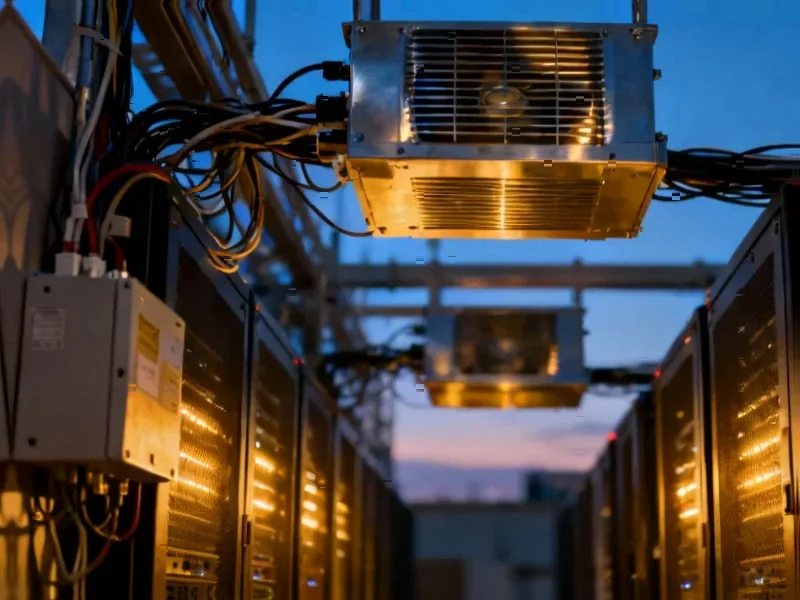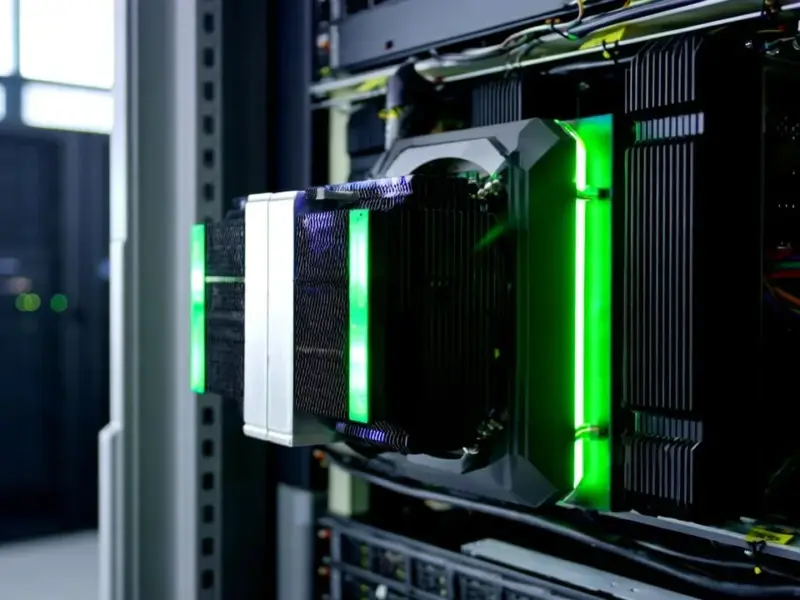According to Techmeme, Microsoft CEO Satya Nadella revealed during a recent discussion that compute power is no longer the primary bottleneck for AI scaling, with the company currently experiencing a surplus of GPUs that it cannot fully utilize due to energy and data center space constraints. Nadella specifically noted that Microsoft has excess GPU capacity sitting idle and expressed caution about over-investing in any single generation of NVIDIA GPUs given the rapid pace of hardware advancement. The comments came during a Halloween-themed AI discussion featuring multiple industry participants, highlighting strategic concerns about the useful lifespan of GPU investments as new, more capable hardware emerges annually.
The Infrastructure Reality Check
Nadella’s comments represent a significant inflection point in the AI infrastructure narrative. While the industry has been laser-focused on GPU scarcity and NVIDIA’s dominance, Microsoft’s experience suggests we’re entering a new phase where physical infrastructure constraints are becoming the primary limiting factor. This isn’t just about having enough chips—it’s about having enough power, cooling, and physical space to deploy them effectively. The revelation that a cloud giant like Microsoft has GPUs sitting idle due to these constraints should send shockwaves through the AI ecosystem, particularly for startups betting their futures on readily available cloud compute.
Strategic Implications for Cloud Providers
Microsoft’s GPU surplus situation creates complex strategic dynamics. On one hand, it suggests the company has successfully secured substantial GPU supply through its deep partnership with NVIDIA and other chipmakers. On the other, it reveals that the physical deployment challenges are more severe than anticipated. This creates pressure to accelerate data center construction and secure energy contracts, while simultaneously managing the risk of GPU obsolescence. As Nadella indicated, each new generation of GPUs delivers substantial performance improvements, making large investments in current-generation hardware potentially problematic if they can’t be fully utilized before becoming outdated.
Market Ripple Effects
The implications extend far beyond Microsoft’s balance sheet. If the world’s second-largest cloud provider is struggling with deployment bottlenecks, smaller competitors and AI startups face even greater challenges. This reality could accelerate consolidation as companies without the capital for massive infrastructure investments find themselves unable to compete. Meanwhile, the rapid pace of GPU advancement creates a dangerous game of musical chairs—companies must carefully time their hardware purchases to avoid being stuck with expensive, underutilized equipment that becomes obsolete within months.
Energy as the New Currency
Nadella’s emphasis on energy constraints underscores a fundamental shift in the competitive landscape. In the coming AI arms race, access to reliable, affordable power may become more valuable than access to chips themselves. Companies with established energy partnerships, nuclear power options, or innovative cooling solutions could gain significant advantages. This dynamic helps explain why major tech companies are increasingly investing in power generation and why data center location strategies now prioritize energy availability over traditional factors like network latency.
Investment Caution Signals
The CEO’s cautious approach to GPU purchasing should concern investors who’ve been betting on endless AI infrastructure spending. If Microsoft—with its massive Azure business and AI ambitions—is hitting pause on aggressive GPU acquisitions, it suggests the infrastructure gold rush may be entering a more measured phase. This could impact everything from chip manufacturer valuations to the business models of AI companies that assumed cheap, abundant compute would always be available. The era of throwing GPUs at AI problems may be giving way to a more strategic, efficiency-focused approach.
Broader Industry Impact
This revelation comes at a critical moment for the AI industry. As companies race to deploy increasingly large models, Microsoft’s experience suggests that even well-capitalized players face physical limits to growth. The situation may accelerate several trends: increased focus on model efficiency, greater investment in alternative AI chips optimized for specific workloads, and potentially even a temporary slowdown in model scale increases as the industry waits for infrastructure to catch up. For startups and investors, it means the rules of the AI game are changing from who can get the most GPUs to who can deploy them most effectively.




